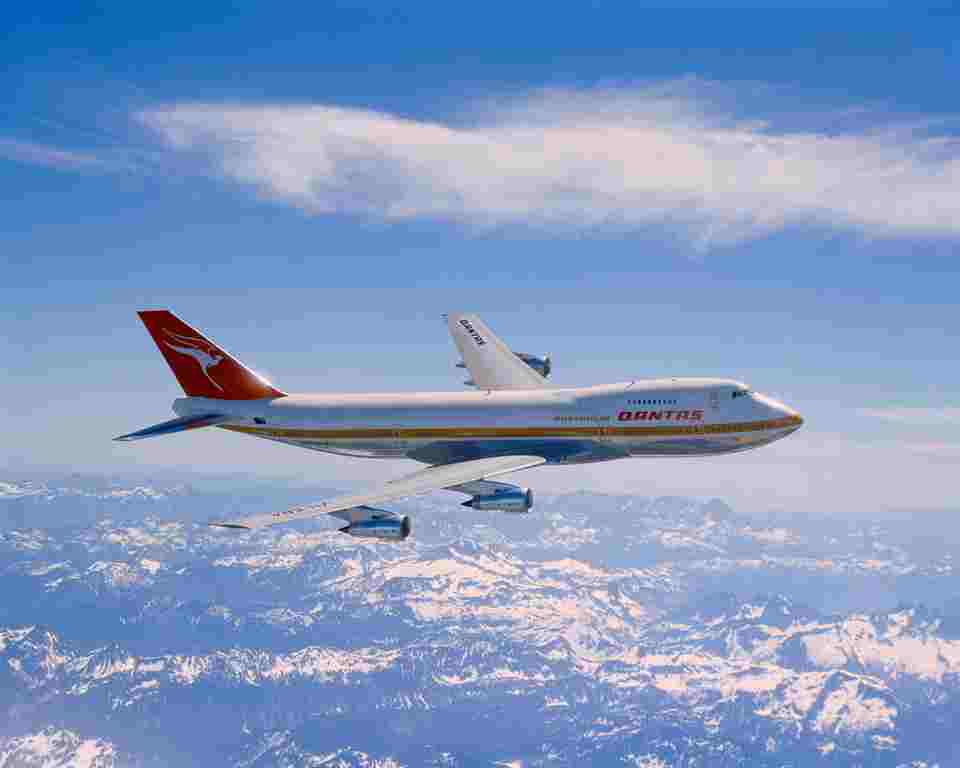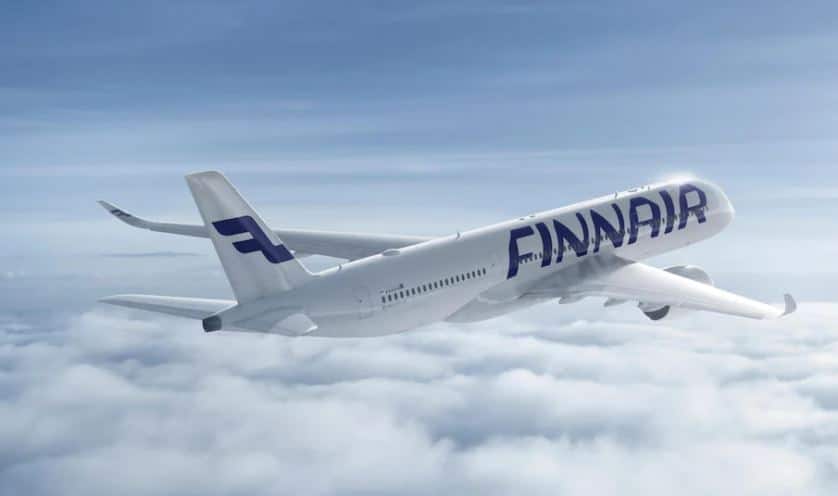Most Viewed ;
How a Pilot evacuated from the cockpit in an extreme emergency..!

We always wonder how a pilot evacuates and manage the situation at extreme emergency. So Jetline Marvel has brought some information so probably will make your doubt get clear.
The captain must assess the situation and use good judgment to determine the safest course of action. In other words, the EVACUATION Non Normal Checklist (NNC) should be used in any situation where the Captain feels the potential for evacuation exists..
When to use ?
- The captain must then determine the best means of evacuation by carefully considering all factors. These include, but are not limited to:
- When there is a need to evacuate passengers and crew, the captain has to choose between commanding an emergency evacuation using the emergency escape slides or less urgent means such as deplaning using stairs, jetways, or other means.
- The crew identifies the problem but it may be difficult to assess the gravity of a situation. In some cases a confirmation of the emergency situation could be performed through the ATC, ground vehicles or cabin report. The Captain should then communicate with whomever he feels may be able to offer information which will aid in the evacuation decision, i.e., ATC, ground vehicles and cabin crew.
- In some cases the application of the appropriate NNC will solve the problem ensuring positively the safety. On Captain’s decision, if a condition potentially endangering life or physical well-being of passengers and crew exists, the passenger evacuation NNC may be performed without performing or completing another NNC. (i.e. confirmed fire).
- The takeoff, approach and landing stages of a flight are the most critical. However, an emergency evacuation may be called for even, when the aircraft is parked at the gate or taxiing.
- The urgency of the situation, including the possibility of significant injury or loss of life if a significant delay occurs
- The type of threat to the airplane, including structural damage, fire, reported bomb on board,etc.
- The possibility of fire spreading rapidly from spilled fuel or other flammable materials
- The extent of damage to the airplane
- The possibility of passenger injury during an emergency evacuation using the escape slides.
- Before initiating an Evacuation, the cockpit crew should evaluate the situation with 2 options : one is to consider the situation as “safe”, the other is to decide the immediate evacuation. Time spent evaluating the situation should be kept to a minimum to improve chances of survival if an evacuation is required. During the evaluation period, the crew monitors the exit door lights and announces an unexpected door opening. If a door opens unexpectedly, the Captain should immediately initiate the evacuation procedur
- If the situation is considered safe, the captain will decide not to evacuate. In this case, he/she will contact the CSS by the intercom advising him/her that the situation is normal. The captain will not taxi until the Flight Attendants verify all passengers are seated and all doors / exits are closed. He will normally make a brief PA reassuring customers and Flight Attendants that the situation is under control and inform them of his intentions.
- The time available to prepare an aircraft for an emergency landing or ditching, prior to an evacuation, can vary considerably. Whether the emergency is categorized as short notice time available or time available depends very much on the time factor If an evacuation is planned and time permits, a thorough briefing and preparation of the crew and passengers will increase the chances of a successful evacuation.
How it works ?
If the flight deck number two window must be used for emergency evacuation:
- Open the window
- Open the escape strap compartment (above and aft of window) –
- Pull on the escape strap to ensure it is securely attached
- Throw the strap out the window Sit on the window sill with upper body outside
- Exit in accordance with the following illustration.
The above illustrated method of departure would probably be the easiest for most crewmembers. However, this technique is difficult and should be used only in extreme emergency.
More info : click
Source : smartcockpit
Liked it ..?
Share with your friends and family .

Airlines
These are the 5 oldest airlines Still Operating in the World

The history of aviation is an exciting adventure formed by the pioneering efforts of several individuals and organizations. The world’s oldest airlines, which have played a vital role in establishing the global travel sector, are among these trailblazers.
In this article, we will explore the five oldest airlines still in operation today, highlighting their remarkable journeys and enduring legacies in the world of aviation.

1. Finnair:
Founded: November 1, 1923
Headquarters: Vantaa, Finland
Primary Hub(s): Helsinki Airport
Fleet Size: 84
Destinations: 132
As a pioneer in European aviation, Finnair, founded in 1923, Marked its remarkable centennial milestone on November 1, 2023. Being among the oldest airlines in Europe, Finnair has witnessed many changes over the past 100 years, going from a small regional airline with few routes to a global leader in both air travel and hospitality.
Finnair’s adaptability has been demonstrated by its ability to quickly adjust to recent geopolitical developments and continue providing clients with exceptional service in its distinctive Nordic manner, even as it expands its services to North America and Southeast Asia.

2. Qantas:
Founded: November 16, 1920
Headquarters: Mascot, Sydney, Australia
Primary Hub(s): Brisbane Airport, Melbourne Airport, and Sydney Airport
Fleet Size: 130
Destinations: 85
Qantas is Australia’s flag carrier and the country’s and Oceania’s largest airline in terms of fleet size, overseas flights, and international destinations. It is the second-oldest airline still in operation.
Australian carrier Qantas holds its name among the oldest airlines in the world, with its foundations dating back to November 1920. Recently On November 16, 2020, QANTAS celebrated its remarkable centenary.
3. KLM Royal Dutuch Airlines
Founded: October 7, 1919
Headquarters: Amstelveen, North Holland, Netherlands
Primary Hub(s): Amstelveen, North Holland, Netherlands
Fleet Size: 116
Destinations: 145
KLM, officially known as KLM Royal Dutch Airlines, is the world’s oldest airline that is still in operation under its original name. On October 7, 1919, the company was founded. Four years ago, On 07 October 2019, KLM celebrated its remarkable centenary. As an airline from the beginning of the 20th century, it survived World War II and is currently part of the Air France-KLM company.
4. Aeroflot
Founded: February 3, 1923
Headquarters: Moscow, Russia
Primary Hub(s): Sheremetyevo International Airport
Fleet Size: 247
Destinations: 146
Aeroflot is Russia’s national carrier and largest airline. It is also Eastern Europe’s oldest airline, having been founded in early 1923. DOBOROLET, or The Russian Society for Voluntary Air Fleet, was the airline’s original name.
Aeroflot concentrated on foreign routes out of Moscow when the airline was separated into several enterprises. In celebration of its 100th anniversary in 2023, Russian airline Aeroflot (SU) recently began a series of retro-style flights, transporting customers on a nostalgic journey through time.
5. Avianca
Founded: December 5, 1919
Headquarters: Bogotá, Colombia
Primary Hub(s): El Dorado International Airport and San Óscar Arnulfo Romero International Airport (Avianca El Salvador)
Fleet Size: 102
Destinations: 114
On December 5, 2019, Avianca commemorated its 100th anniversary. The airline was founded in late 1919, according to its history. After acquiring a number of airlines in nearby nations, Avianca has grown to become one of Latin America’s biggest airline groups, with a fleet of over 130 aircraft and a network of subsidiaries covering almost the entire continent.
-

 Travel1 week ago
Travel1 week agoAir India to Expand US Operations with Three New Routes After a Decade
-

 Travel2 weeks ago
Travel2 weeks agoWhy We Should Avoid These Stamps in a Passport
-

 Airlines1 month ago
Airlines1 month agoInvestigations Reveal Fake Chinese Titanium in Boeing and Airbus Jets
-

 Tech4 weeks ago
Tech4 weeks agoChina’s CATL Plans 1,800-Mile Electric Plane Launch by 2027
-

 Airport3 days ago
Airport3 days agoTop 10 Largest Airports in the World by Size
-

 Aerospace4 weeks ago
Aerospace4 weeks agoChina’s Fighter Jets Turn Wings into Autonomous Drones
-

 Airlines4 days ago
Airlines4 days agoAir India Rolls Out A350s for Delhi-New York JFK and Newark Routes
-

 Defence3 weeks ago
Defence3 weeks agoBoeing Enhances Chinook with New Engines and Block II Upgrades at $96 Million







